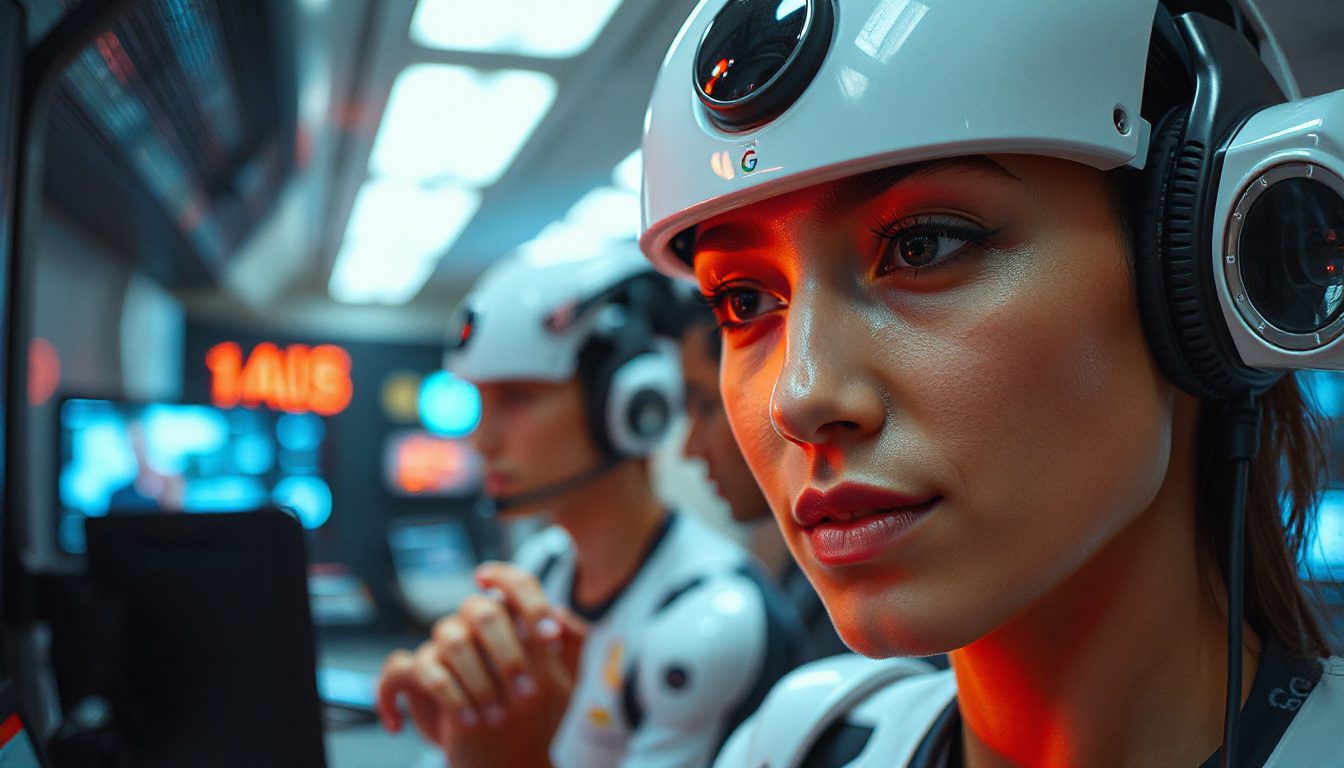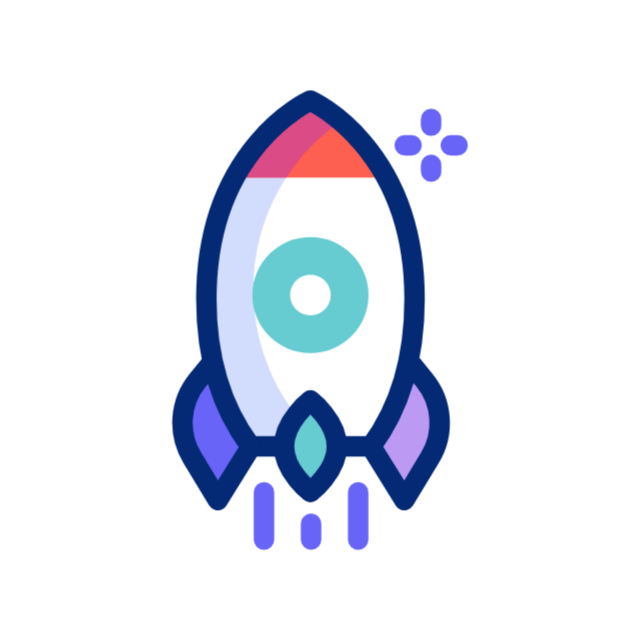How Google’s New AI Image Generator is Changing the Way We Create Visuals
Have you spent long hours trying to type the right prompt into an AI image generator and ended up with images that do not fit your idea? You are not alone. Many people feel the AI image tools give little control when you write long prompts and then wait for a good result. What if the AI learns your taste as you use it without you needing to be an expert?
That is what Google’s new AI image system does. It is called PA (Preference Adaptive and Sequential text-to-image Agent) and it uses your feedback over several rounds to create images that match your style. Here we explain why this matters and how it can change your creative work.
What Makes This AI Image Generator Different?
The old way works like this. You type one prompt, the system makes a few pictures, and you choose one. If the result does not work, you change your prompt and try once more. This back-and-forth can take a lot of time.
Google’s PA system changes the rules. It does not depend only on one given prompt. It talks with you step by step:
- • You start with a simple prompt. The system shows you 16 images in groups. Each group comes from a small change in your prompt.
- • You pick a group you like. The AI uses your pick to guide the next set of pictures.
- • With each choice you make, the AI gets better at knowing your taste. It adjusts things like style, color, and form without you needing extra words.
This back-and-forth talk helps the AI learn your taste faster and give better suggestions every time. It is like working with a helper who sees what you like instead of a system that makes guesses.
How Does This AI Learn Your Preferences?
The strength of the PA system comes from its way of learning from real cases and smart design:
- • Real user sessions: It recorded over 7,000 sessions where users chose a favorite image.
- • Simulated sessions: It made over 30,000 fake interactions with different style profiles to drive its training.
- • User groups: The system sorts users into 16 groups. Some users like clear photos, others prefer bold art, animals, or abstract looks. In a few rounds the system sees which group you belong to and then makes images just for you.
The system works in two parts:
- • Candidate Generator: It uses strong models like Google’s Gemini Flash to create 25 different prompt options that show different ways of seeing your idea.
- • Candidate Selector: This part checks what you chose before and then picks the four best groups of images.
It uses a smart method called implicit Q-learning that figures out the value in each option without trying them all. This method makes the process fast while using less computer power.
Why Does This Matter for Creatives and Businesses?
Many creators, designers, and companies need quick and custom images. The old way of making images with AI needed many tries and lots of adjustments. PA’s multi-round method changes the work by:
- • Saving time: Where older methods need many prompt changes, PA makes images in about five rounds. That takes roughly two minutes.
- • Lowering skill barriers: You do not have to be a prompt expert. Your simple clicks help the AI create what you see in your mind.
- • Expanding ideas: With many options shown, you might see new styles or effects that you had not thought of before.
Imagine getting perfect images for a blog post, clear product images for a website, or bright visuals for a social media campaign with little extra work. For companies, this means faster image creation and a steadier look for the brand.
How to Prepare for This AI Image Experience
The PA system is still in testing. You can get ready now for when the system is open to everyone:
- • Practice back-and-forth talks with chat tools. This helps you learn to give clear and steady feedback.
- • Learn what you like: Notice which styles, colors, and themes catch your eye. This self-knowledge will help the system learn your taste fast.
- • Build a picture bank: Save images that move you and note why you like them. When PA is ready, you will know what to ask for.
What’s Next for This Technology?
Google may first bring PA to business users like Vertex AI and then share it with more people. Other companies may add similar steps into their image generators. The trend shows image AI is moving toward interactive and personal tools. Soon, users will have more say in the images they get without needing long or detailed prompts.
Key Takeaways
- Old image tools force you to change your prompt many times.
- PA learns your taste by showing several image groups and then adapting after your choice.
- It uses details from thousands of real and fake rounds to pick your style quickly.
- This new method cuts down the time and work needed to get images that match your vision.
- Anyone can make high-quality visuals without expert prompt skills.
- Getting ready now by practicing feedback and knowing your style will help when PA goes public.
Start Experimenting Today
Even though PA is in the testing stage, you can already work with AI-generated images. Try using feedback with current tools, keep a record of your favorite styles, and gather a mood board. When systems like PA go public, you will be set to create stunning visuals in less time and with less hassle.
If you create content, work on product design, or manage social media, this new way of using AI image tools could change your routine. Small steps now can lead to big creative leaps when interactive AI becomes common.


